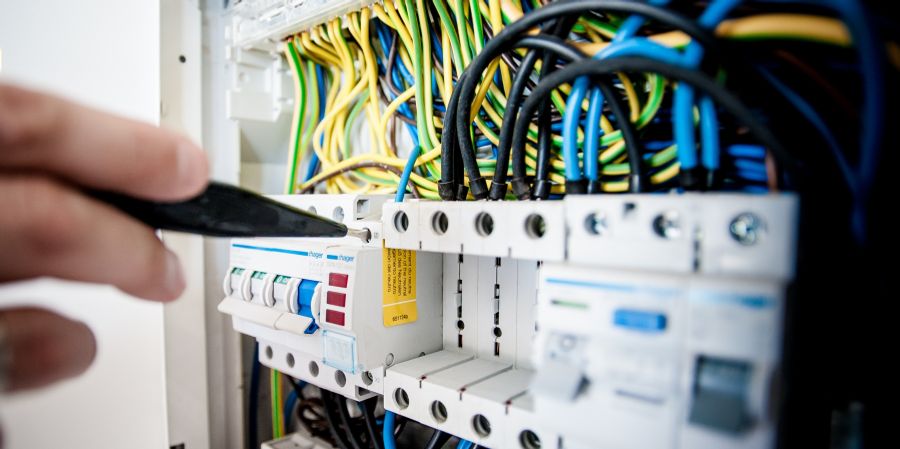

Electricity is a natural phenomenon that occurs throughout nature and takes many different forms. In this tutorial, we'll look at current power: the material that powers our electronic gadgets. We aim to see how electricity flows from source to source through wires, powering LED lights, spinning motors, and our communication devices.
Electricity is loosely defined as the flow of electric charge, but there is much more behind that simple statement. Where do rates come from? How do you move them? where are they going? How does electric charge cause mechanical motion or lighten things? Lots of questions! To explain what electricity is, we need to zoom in on the atoms that contain everything we interact with in life, beyond matter and molecules.
This tutorial is based on some basic concepts about physics, energy, energy, atoms and [fields] (http://en.wikipedia.org/wiki/Field_ (Physics)). We will explain the basics of such physics concepts, but it may help to investigate other sources as well.
goes nuclear
To understand the basics of electricity, we need to start by focusing on atoms, one of the basic building blocks of life and matter. Atoms exist in hundreds of different forms such as chemical elements such as hydrogen, carbon, oxygen, and copper. Molecules can be formed by mixing different types of atoms, creating an object that we can physically see and touch.
The atoms are small, up to a maximum of 300 picometers long (3x10–10 or 0.0000000003 m). A copper penny (actually made of 100% copper) contains 3.2x1022 atoms (32,000,000,000,000,000,000,000 atoms) of copper.
The atom is not even small enough to explain the functioning of electricity. We need to go one level further and examine the building blocks of atoms: protons, neutrons, and electrons.
Building blocks of atoms
An atom is made up of three different particles: electrons, protons and neutrons. Each atom has a central nucleus, where protons and neutrons are densely packed. There are electrons orbiting around the nucleus.
Each atom must have at least one proton. The number of protons in an atom is important because it defines which chemical element the atom represents. For example, an atom with only one proton is hydrogen, an atom with 29 protons is copper, and an atom with 94 protons is plutonium. These protons are called the atomic number of the atom.
The neutron, the nucleus-partner of the proton, serves an important purpose; They place protons in the nucleus and determine the isotopes of an atom. They are not important for our understanding of electricity, so do not worry about them for this tutorial.As we mentioned at the beginning of this tutorial, we define electricity as the flow of electrical charge. Charge is the property of matter - such as mass, volume or density. It is measurable. Just as you can calculate how much mass something has, you can calculate how much charge it has. The main idea of the charge is that it can come in two forms, positive (+) or negative (-).
We need charge carriers to move charge, and that is where our knowledge of atomic particles - especially electrons and protons - comes in handy. Electrons always carry a negative charge, while protons always carry a positive charge. Neutrons (as their name implies) are neutral and have no charge. Electrons and protons carry the same amount of charge, of a different type.




